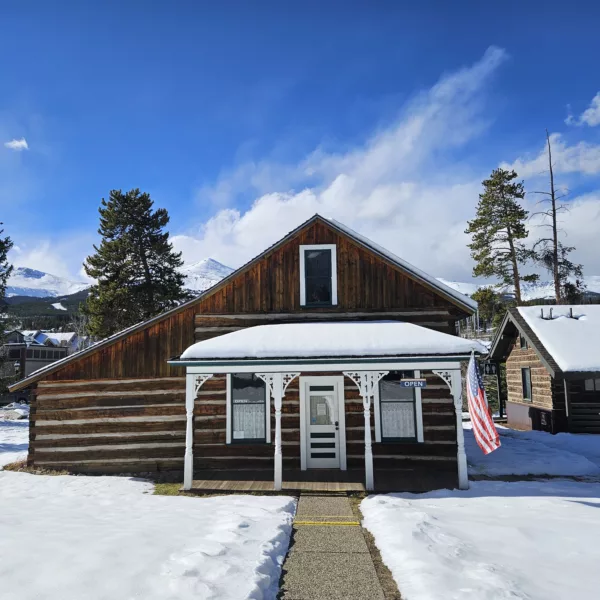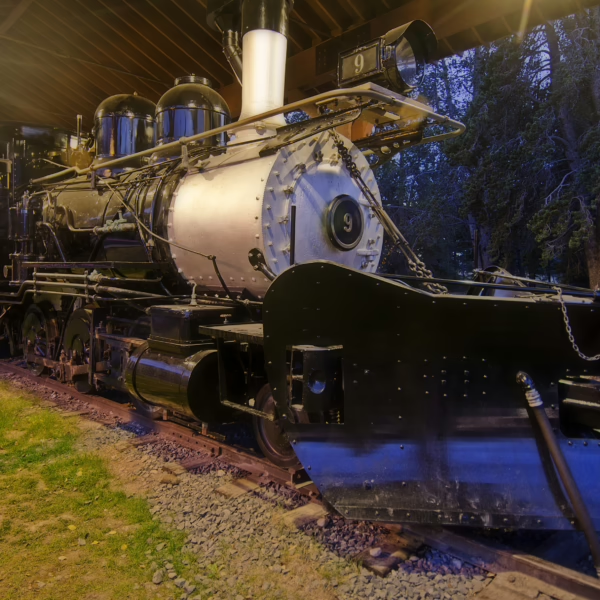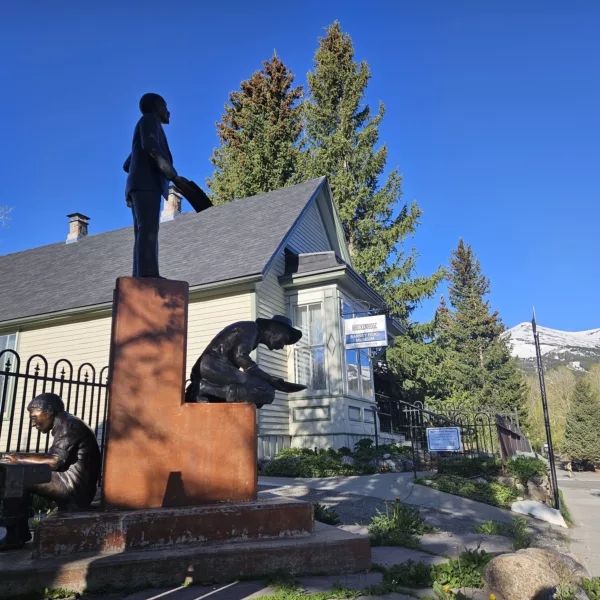Breckinridge or Breckenridge
January 24, 2022 | Category: Our Collective History
Where did Breckenridge get its name? Every town has its origin story. Breckenridge, Colorado, has several versions of the naming of our town, some based in history, others in myth. Which is which? In this article, the Breckenridge Heritage Alliance explores our naming lore.
The first gold discoveries in 1858 near today’s Denver soon led to one of the largest human migrations in history. In 1859, over 100,000 men rushed westward to the call of “Pikes Peak or Bust.” Discovering that most of the good prospects around famed Central City were already claimed up, they ventured further west, crossing the Continental Divide into the Blue River Diggings and today’s Breckenridge. In August 1859, Ruben Spalding created Breckenridge’s first mining district. That summer, over a hundred men were prospecting in the Breckenridge area, claiming up the river bottoms of the Blue River, French Creek and the Swan.
In autumn 1859, it was clear that “Breckenridge” was becoming an important supply depot and community center for the mines in the area. George Spencer, in company with others, formalized the town. The earliest publication mentioning the town of “Breckenridge” is December 28, 1859, in Golden City’s Western Citizen newspaper: “Breckenridge: This is the name of a new town which has been laid out and plotted, situated…along the Blue River.”
Spencer knew that the success of a town, and therefore the success of his investment, depended on a post office. Influencers in Denver suggested that a post office application with the spelling “Breckinridge” had a better chance of success. Altering the town’s original spelling by one letter (“i” vs. “e”) aligned with the name of then-Vice President John Cabell Breckenridge.
For several years after the post office was granted, most references to the town used the spelling “Breckinridge.” Yet the question remained. Why was the town called Breckenridge in 1859 before the post office application was submitted?
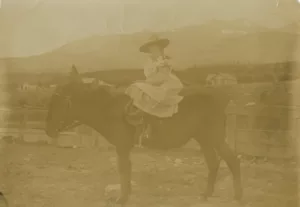
Despite the mystery, the people of Breckenridge seemed content with the “Breckinridge” origin story for their first four decades. In spring 1900, Miss Ella Foote, 11-years old at the time, wrote a history of Breckenridge for a class assignment. Once published in the Summit County Journal, it became the talk of the town.
Miss Foote interviewed Mr. Charles Runyon, who came to Breckenridge in 1859 and resided there still, then aged 76 years. In Miss Foote’s account, the town was named after Thomas Breckenridge who accompanied John C. Fremont in his 1844 exploration of the Blue River Valley. Runyon was also a member of the Fremont expedition.
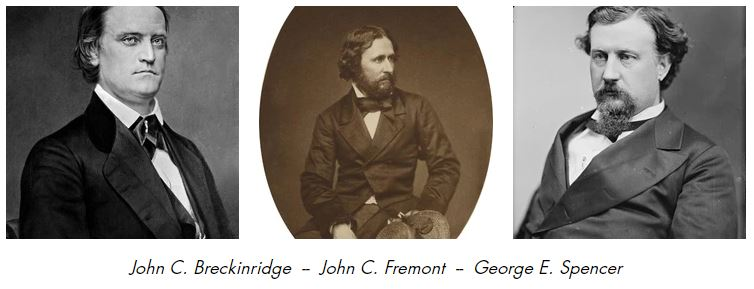
O.K. Gaymon, famed editor of the Summit County Journal, commented: “For whom the town of Breckenridge was christened seems to be an unsolved problem. The essay by Ella Foote … has brought out considerable discussion on that question.”
Gaymon then quotes from General Frank Hall’s History of Colorado on the naming of Breckenridge. Hall reiterates the Breckinridge story and identifies the influencer who suggested that Breckinridge’s name would expedite the postal application.
Hall’s history of Breckenridge was written around 1890, and while it is not contemporary to 1860, Hall is considered a primary source on Colorado history of the early gold rush era. The Breckinridge story persisted through the decades and is repeated in every account of Breckenridge’s origin that followed.
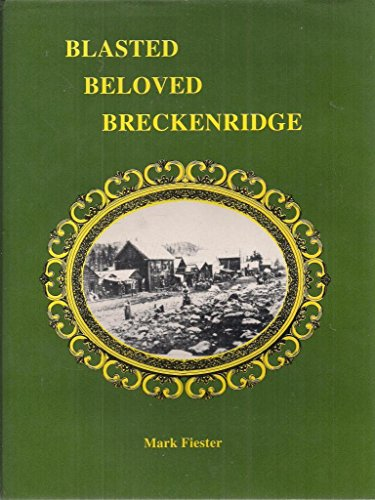
Blasted Beloved Breckenridge by Mark Fiester
In 1973, Mark Fiester questions the story in his hard-backed history, Blasted Beloved Breckenridge. Fiester requested records from the National Archives, learning that the post office was established in Breckinridge, Summit County, Colorado. There is no postal record of the name being changed to Breckenridge. Over the years, other historians have tried to find additional post office information without success.
Back in 1900, editor Gaymon’s curiosity was piqued. For verification, he tracked down Felix Poznansky, then aged 70 years and residing in Rapid City, S.D.
Poznansky’s first-person account, published in August 1900, provides another tangle in the Breckenridge naming story. Poznansky arrived in the Blue River Diggings about September 25, 1859, and found the settlement to be in “a very primitive state.” Gold was found in paying quantities, “but they couldn’t eat it.” His fellow miners chose Poznansky to go to Denver City to encourage merchants to come to the new camp to offer provisions. According to Poznansky’s recounting published in the Summit County Journal, it took him a while. On his way back to the Blue in February 1860, Poznansky “learned that an Alabama carpetbagger named Spencer was just ahead of him with maps and plats of a townsite he expected to locate on the Blue and christen Breckinridge.”
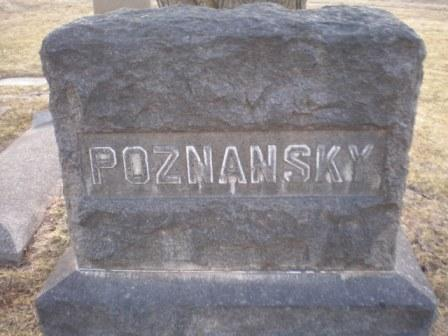
Poznansky grave stone 1830-1907
Poznansky desired to thwart Spencer’s plan. He raced ahead on “snowshoes” in the dark of night. When Spencer arrived to the Blue River the next morning, Poznansky and friends had already staked the town of Independence. By spring of 1860, the opposing parties reached a truce. Spencer’s Breckinridge won the day. The article concludes Poznansky’s narrative: “Spencer’s motive in designating the town ‘Breckinridge’ was to commemorate the name of John C. Breckinridge, Vice President of the United States.”
Why did the spelling change from ‘Breckinridge’ back to ‘Breckenridge’? Gaymon addresses this question as well. In his Summit County Journal of the same year, he explains: “At a later period the orthography of the name was changed to ‘Breckenridge,’ owing to the prominent part which Mr. John C. Breckinridge assumed on the Confederate side in the civil war.”
In 1903, Gaymon repeats the story again, saying: “Later the name was changed to ‘Breckenridge,’ as an expression of disapproval of the prominent part which John C. Breckinridge assumed on the Confederate side of the civil war.” Within a few years after the end of the Civil War, the spelling of the town in newspaper articles gradually returned to ‘Breckenridge.’ While not an account contemporary to the 1860s, Gaymon knew plenty of old-timers who could bring him up to speed.
In 1880, the town formally incorporated as “Breckenridge,” and Breckenridge it remains.
Want to learn more about Thomas Breckenridge and the town’s original naming? See this article.
Want to learn more about John Cabell Breckinridge? See this article.
To learn more about the founding of Breckenridge, read Mary Ellen Gilliland’s Breckenridge: 150 Years of Golden History and Chasing the Bad Guys by Bill Fountain and Dr. Sandra Mather. You can also take an historical walking tour or visit one of the many museums offered by the Breckenridge Heritage Alliance.
written by Leigh Girvin

